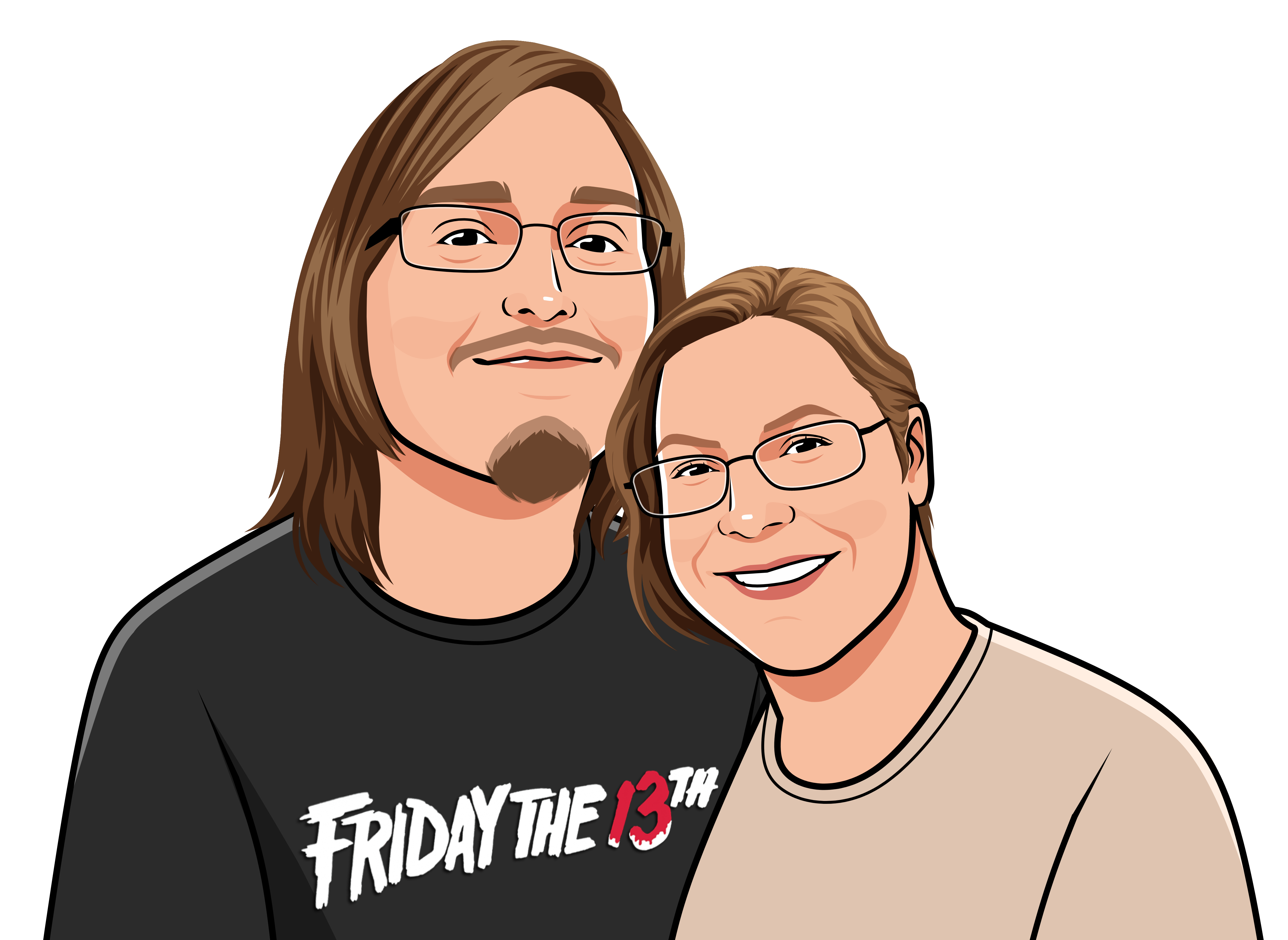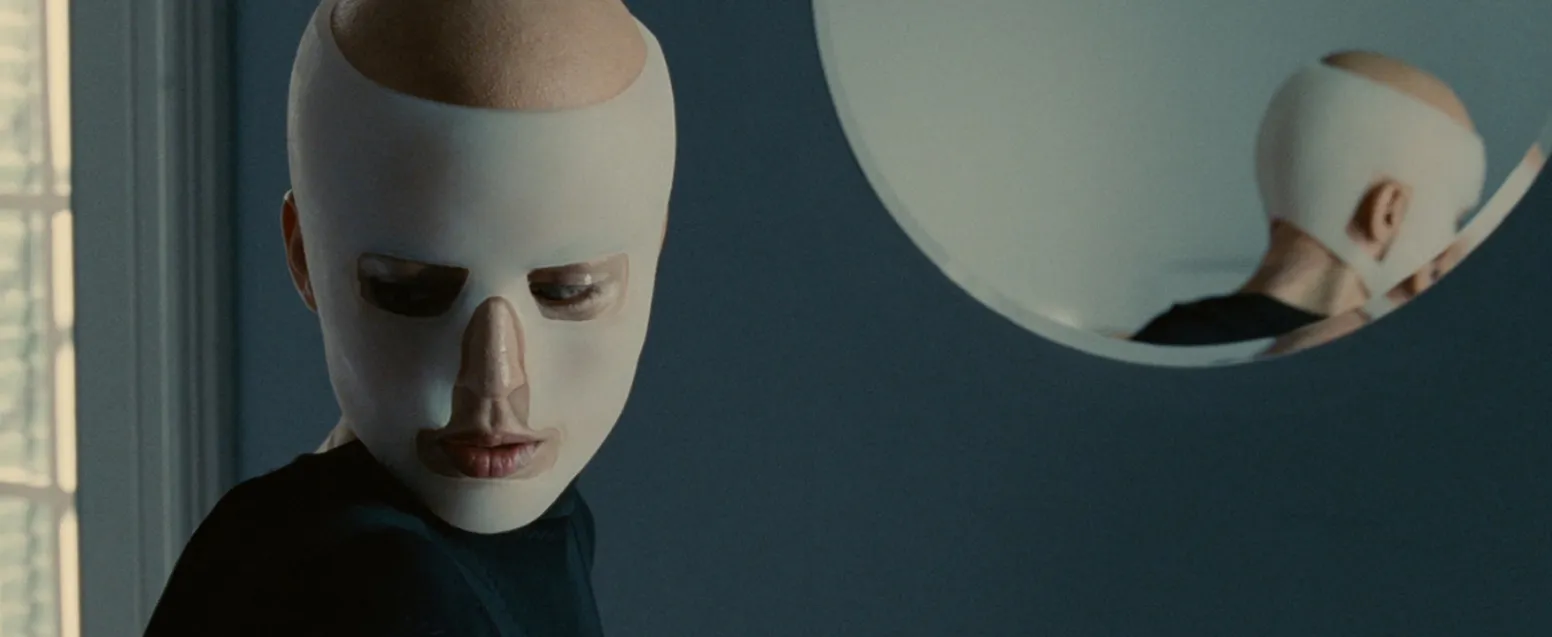As I prefaced with my earlier review of the original Friday the 13th film, in spite of my mad love for the slasher genre, I have never been taken by Friday the 13th franchise the way I had hoped. However, I am revisiting the series with an open-mind and optimism. Already, I think it has warranted itself. Previously, when I reviewed Friday the 13th: Part 1 through 4, I dialed it back and whittled it all down so it could fit into a neat post. My review of the original Friday the 13th is one of the longest I have ever written about a film, and thus, I think it is clear I am coming out of each film with more than what I had prior.
Friday the 13th Part 2 is a 1981 American slasher film produced and directed by Steve Miner in his directorial debut with a screenplay written by Ron Kurz. Steve Miner is a director we will be talking about again soon, in particular because he directed Friday the 13th Part 3, but also because he directed Halloween H20. The film stars Amy Steel and John Furey and features Adrienne King, Betsy Palmer and Walt Gorney in small returning roles from the original.
Similar to Halloween in some respects, Friday the 13th Part 2 was originally intended as the next installment in an anthology series of films all based on the Friday the 13th superstition. Similar to how, after Halloween 2, Halloween: Season of the Witch distanced itself from the Michael Myers character. This didn’t pan out and they went ahead and continued with the story and mythology surrounding Camp Crystal Lake, unlike Halloween, they realized this early and didn’t an incongruent film about an evil mask corporation wedged into their masked madman series (even if Halloween III does now have a cult following).
Friday the 13th Part 2 received a negative reception from critics and made only a little more than one-third of what the original film grossed at the box-office, which was a decent profit in spite of that fact given the minuscule production budget. Similar to the original film, Friday the 13th sees camp counselors stalked and murdered at a nearby training camp on Crystal Lake. Five years after the original, however, Jason is now a full-grown man and is alive and well, living out in the wild in a development that requires some suspension of disbelief. (If he wasn’t dead all this time then where was he? Why was he beneath the lake and awaiting the opportune time to attack? Is he a zombie? If he’s a zombie, then why does he need shelter and live off the environment?)
Playful jabs aside, I am willing to accept it if you are. Jason’s lodgings are comprised of a beat-up, worn-down shed and a shrine made of his mother’s severed head. Playing into how our antagonist appears to have as much in-common with Norman Bates as he does Michael Myers.
I like Friday the 13th Part 2 more than the original. I am not for certain whether this is a controversial opinion nor do I care very much, per se.
It is benefited by a shorter runtime than its predecessor, shedding it down by about ten minutes and even more if you consider how the film opens with a six minute montage chronicling the events of the earlier film, something I would have preferred they hadn’t. It is also benefited by a more likable cast of characters to surround ourselves with. They aren’t exactly complex nor are they in-depth, but they are more playful and realized. Paul Holt and Ginny Field lead our new camp and are mostly likable, I think.
They are problematic at times, as are a lot of aspects that haven’t aged very well about many slasher films. I remember when I was vetting writers for Readers Digested a couple of weeks prior, I read a contributors article about mental illness and the responsibility that the horror genre assumes and oftentimes abuses – citing Friday the 13th and Halloween as examples. I didn’t agree with that, but I understood where they came from.
In turn, Friday the 13th isn’t meant as a blanket depiction of mental illness (or reasons to fear someone with mental illness), but, instead, the fear of someone who is violent and unstoppable. With that in mind, as our otherwise likable lead is being empathetic and trying to imagine Jason Voorhees as little more than a “frightened retard” (the character’s words, not mine), her likable might take a hit or two and that person’s argument finds new ammunition. Jason was, … well, he wasn’t a good swimmer.
This film may not have had the same artistic merit in-terms of cinematography, and if it did, it most certainly had diminished returns with this installment. However, I believe the score and sound-effects retain that classical charm that I appreciated from the earlier film.
It doesn’t reinvent the wheel by any stretch of the imagination, and, in-fact, plays out mostly like the earlier film, minus the twist of Pamela Voorhees. However, through an increase in likeability for the characters and how they are at least fleshed out at a surface level, coupled in with a brisker runtime and the characters feeling like they had more to do in-order to reach their feature-length, it goes down a lot easier for me than the original.
Some refer to it as a transitional film and I think that is a reasonable sentiment. For every way the film benefits in making itself more palatable, it loses something in-terms of its cinematography and what little its predecessor’s narrative had to help it stand out. For that reason, I would say Friday the 13th and Part II are about equal, with a small uptick for my personal preferences.





